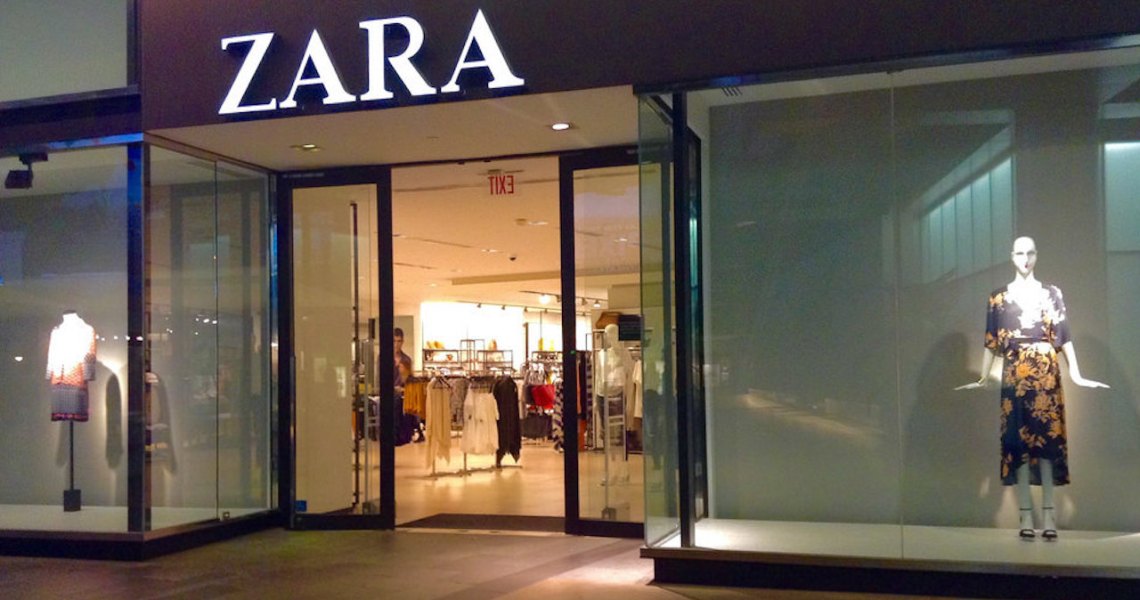Brands’ Black Friday and Cyber Monday sales bumps are already being tempered by the bane of many fashion retailers’ existences: returns.
While returns are a problem for all retail brands, fashion is particularly vulnerable as customers often overbuy to ensure correct sizing. According to Coresight Research, the rate of returns in the U.S. on the Saturday and Sunday after Black Friday nearly doubled, compared to the same weekend last year. The U.S. will likely hit $135 billion in returns between Black Friday and the end of January 2023, according to reverse logistics company Optoro.
But retailers and brands across the industry have done their best to minimize those returns. CNBC reported that more than 60% of U.S. retailers changed their return strategy or policies this year. Some of those strategies can serve as models for other retailers hoping to minimize returns in Q4.
Some retailers introduced tools like virtual try-on. In the weeks leading up to Black Friday, Amazon announced a partnership with Snap to add thousands of Amazon Fashion items to Snapchat’s virtual try-on feature, giving customers a more well-rounded view of an item before they buy to decrease the likelihood of returns. Of course, in the context of Black Friday, virtual try-on works best for self-gifting. While there’s minimal data yet on how much consumers spent on themselves versus others, an analyst from NPD told Women’s Wear Daily that self-gifting is likely a secondary priority for many shoppers this year due to inflation and tighter budgets.
According to Muge Erdrik Dogan, president of Amazon Fashion, “Millions of customers regularly use Amazon’s AR shopping technology across categories in our stores,” with eyewear being a particularly popular category for virtual try-on. Amazon has not yet reported data on post-Black-Friday returns, but there’s evidence that robust virtual try-on options can help reduce returns. Last year, Glossy reported that clients of the virtual try-on company Perfitly saw an average of 64% fewer returns after introducing the tech. Meanwhile, Macy’s credited the feature for helping bring its return rate down to under 2%, and Shopify saw a 40% decrease in returns last year thanks to AR visualization.
“The best way to reduce returns is to empower shoppers with data to make educated purchase decisions about what fits,” said Haniff Brown, founder and CEO of AR company Fit:Match, which works with brands like Savage x Fenty. “With that confidence, consumers return less, shop more frequently, have higher average order values and build long-term loyalty with the brand.”
While not necessarily intended to reduce returns, offering the increasingly popular buy-now, pay-later model can also discourage shoppers from returning items.
Adobe reported that there were 85% more BNPL orders and 88% more BNPL revenue generated in the U.S. during the week between Black Friday and Cyber Monday, compared to the week before. Getting a refund or return for a BNPL purchase is notoriously difficult, often requiring customers to send a request to the BNPL provider and continue to make payments while the request is approved before getting reimbursed. The process can take up to 10 days to complete.
In addition, providing transparency around upcoming sales is a tool brands are using this year to reduce returns. As previously covered on Glossy, brands like Universal Standard and Kopari disclosed to customers what items would be on sale and when throughout the holiday season.
“The real benefit to that was cutting down on the number of people asking for a refund or a return when they realized they had bought something that went on sale the next day,” Allison Kelly, senior manager of e-commerce at Kopari, told Glossy at the time. Kelly declined to share details on how impactful the strategy has been in reducing returns.
Some brands and retailers have resorted to more blunt-force tactics for reducing returns. Brands including L.L.Bean, Zara, REI and J.Crew have all begun charging fees for returns.
More post-Black-Friday data from Optoro showed that 60% of surveyed consumers opted to not shop with brands not offering free returns. Ninety-five percent said a poor return process would turn them off the brand for good.
While retailers may see these changes as necessary to cut down on the billions of dollars typically lost each year on returns, Aaron Schwartz, president of Leap Returns, said that such changes have the potential to backfire.
“In our experience, it’s much better to make the return as smooth and easy as possible,” Schwartz said. His rationale is that it costs money to acquire a customer in the first place, and while a return may mean an immediate loss of money, a tougher return policy may mean the customer never comes back.
“You may lose the money, but you keep the customer,” he said.




